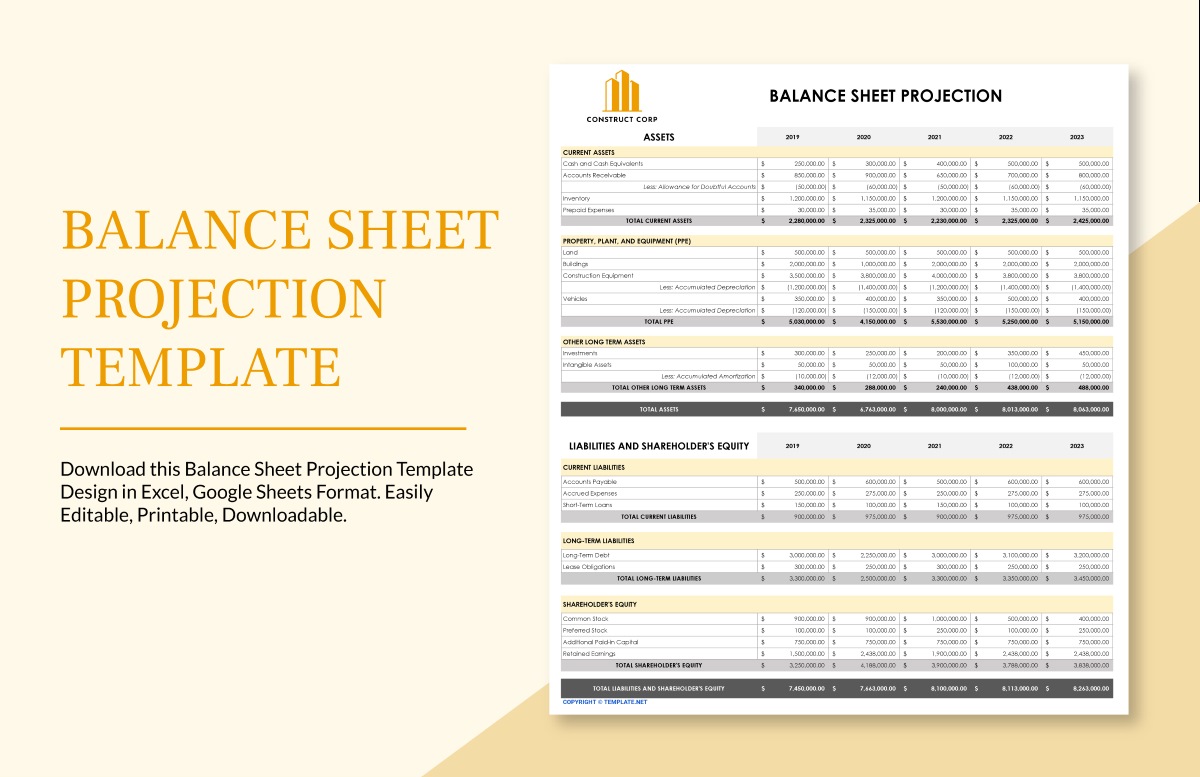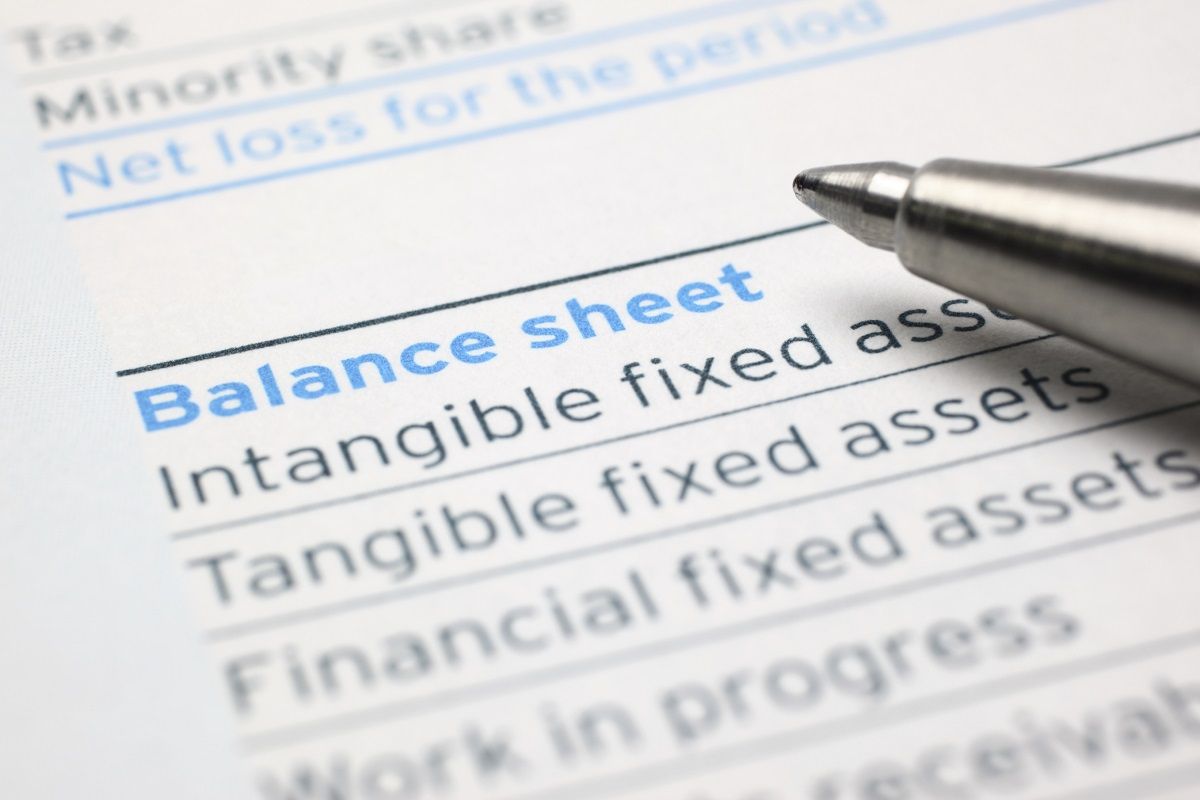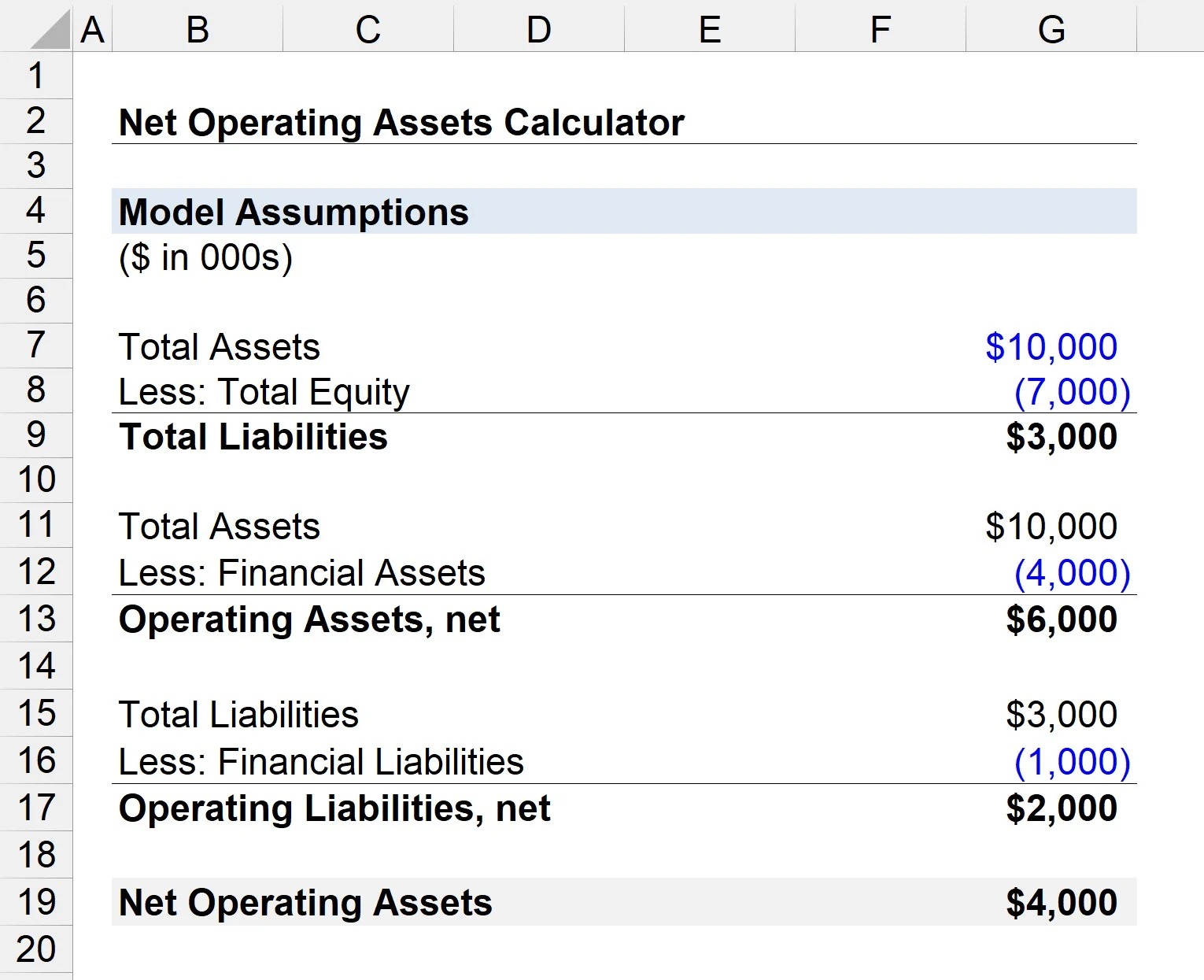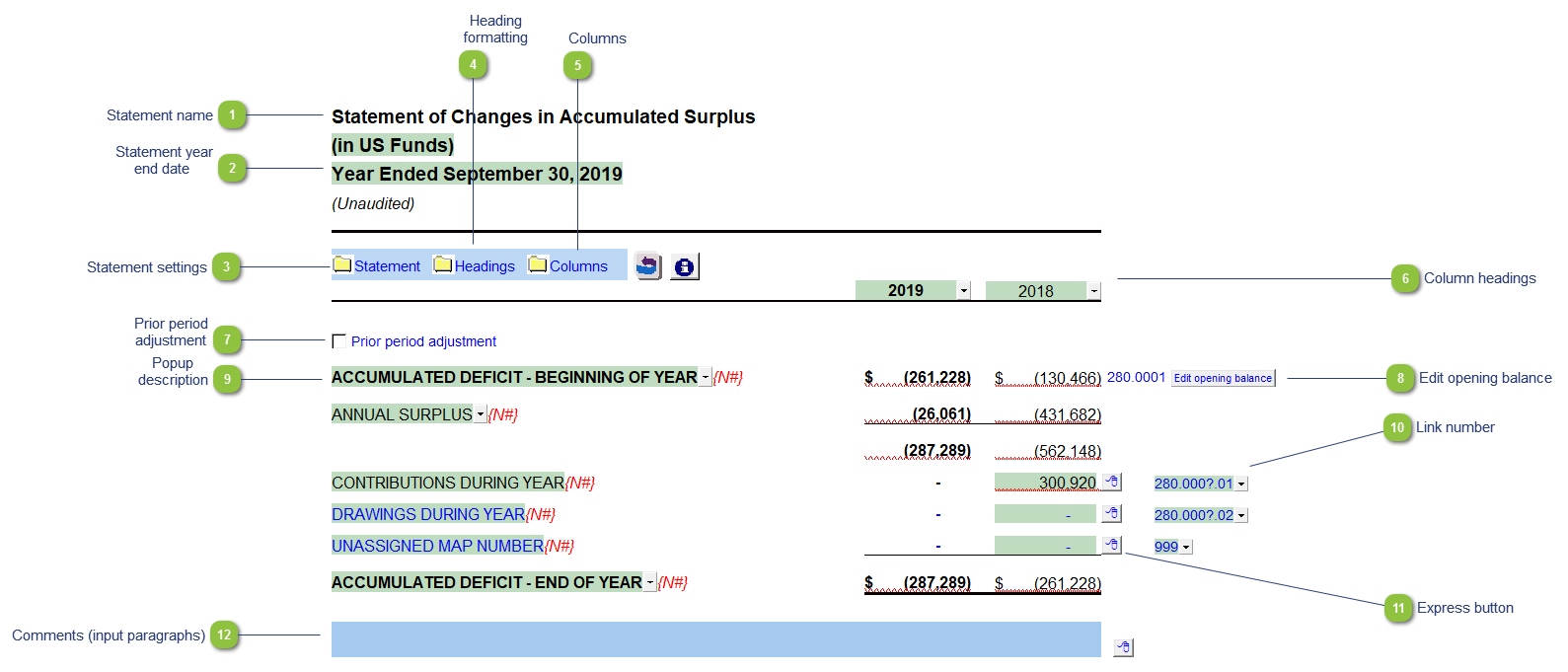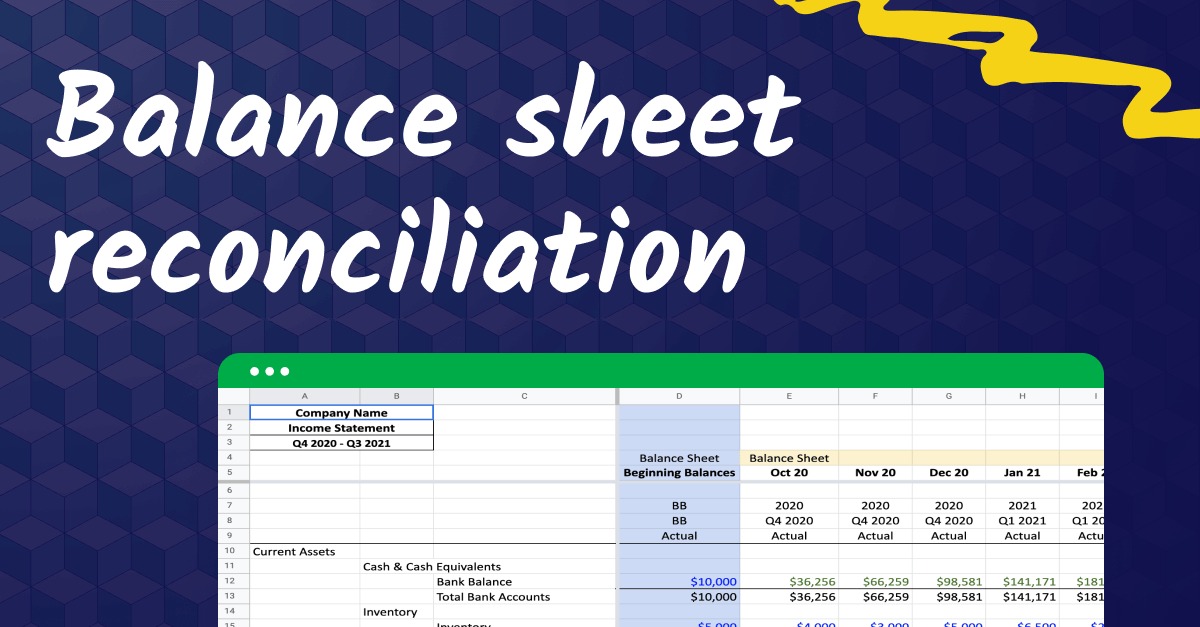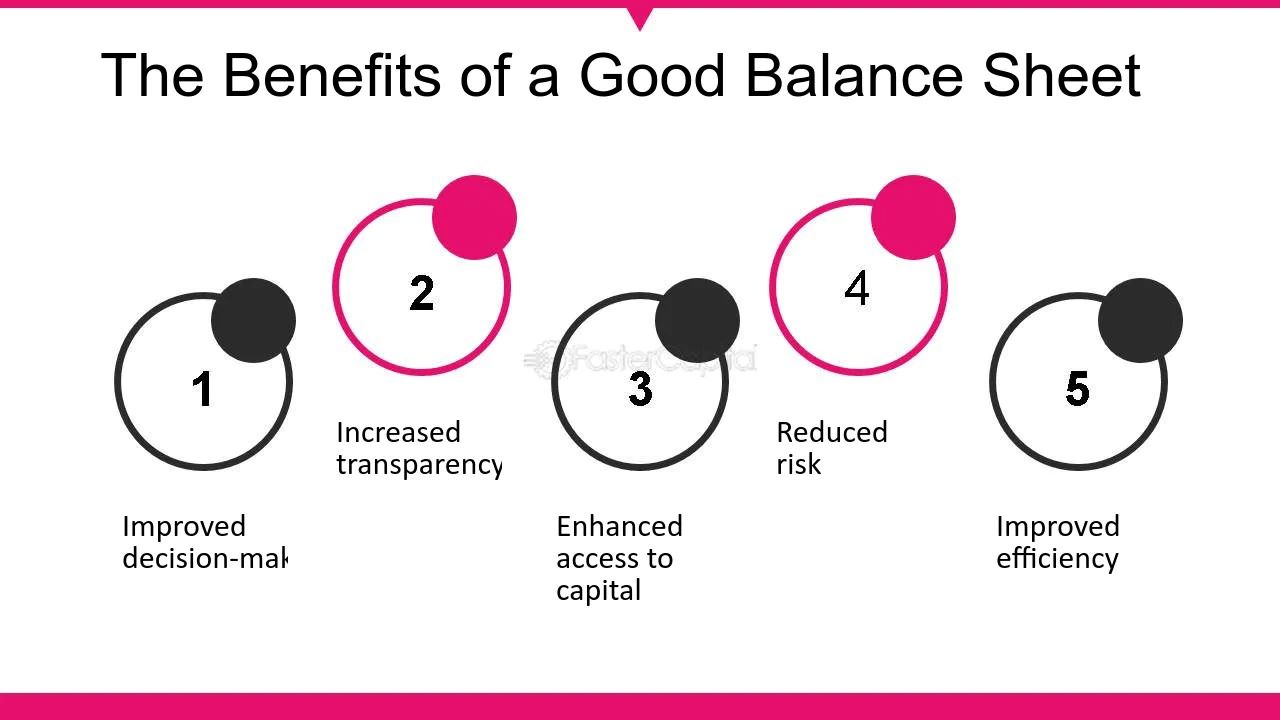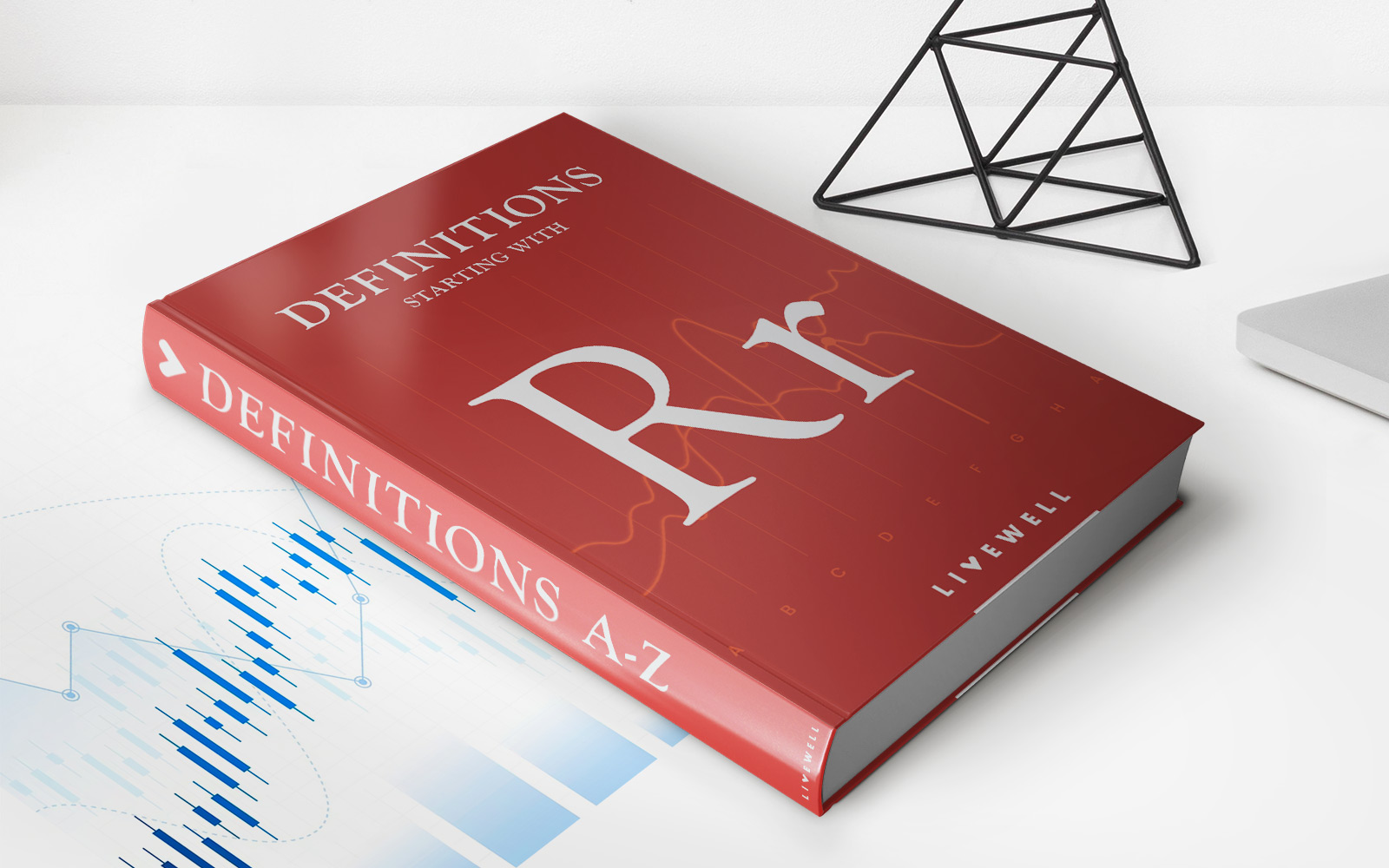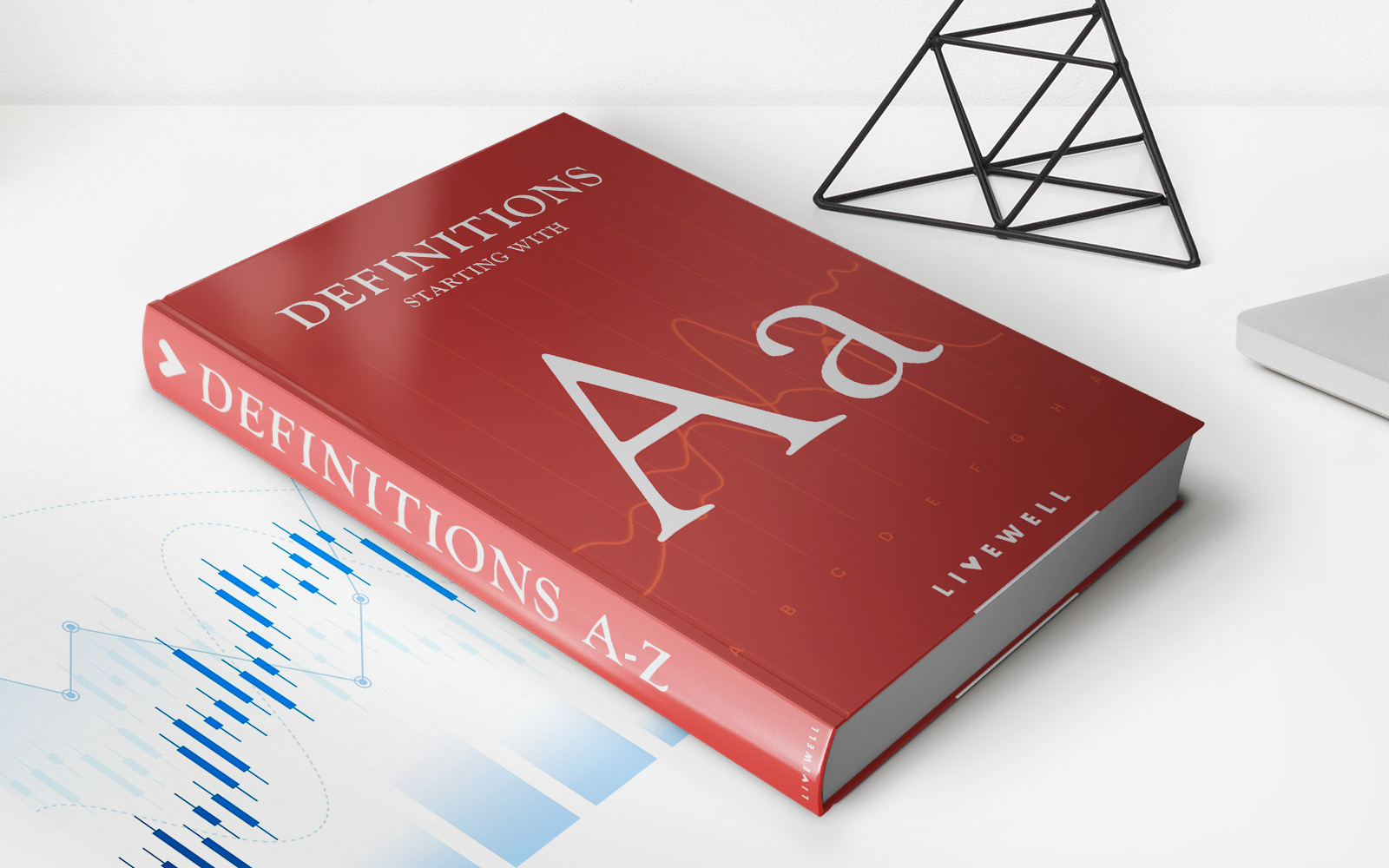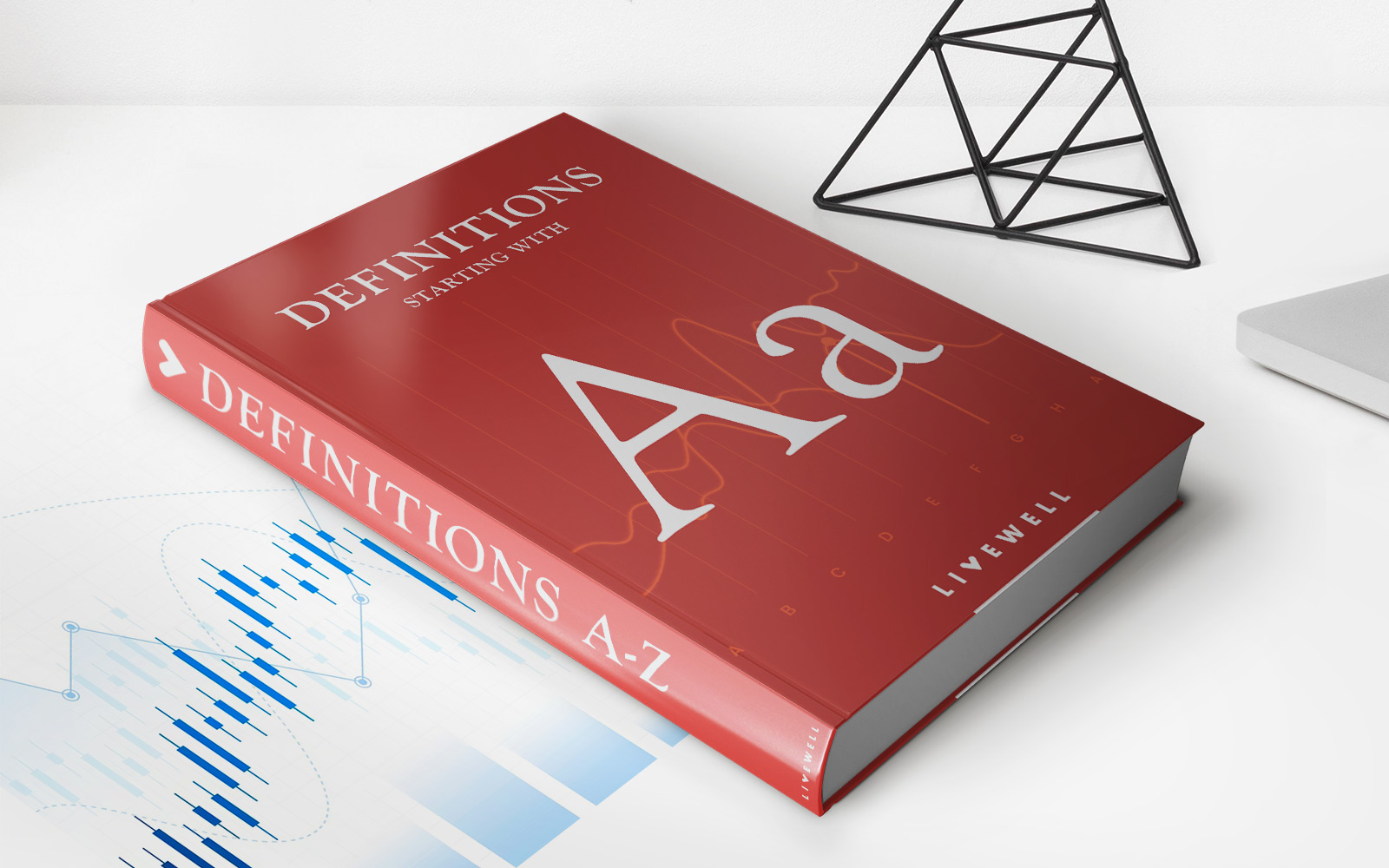

Finance
What Is Comparative Balance Sheet
Modified: December 30, 2023
Learn what a comparative balance sheet is in finance and how it helps analyze a company's financial position over time. Explore its importance and uses.
(Many of the links in this article redirect to a specific reviewed product. Your purchase of these products through affiliate links helps to generate commission for LiveWell, at no extra cost. Learn more)
Table of Contents
- Introduction
- Definition of Comparative Balance Sheet
- Purpose of Comparative Balance Sheet
- Components of Comparative Balance Sheet
- Format of Comparative Balance Sheet
- Advantages of Comparative Balance Sheet
- Limitations of Comparative Balance Sheet
- Importance of Comparative Balance Sheet Analysis
- Examples of Comparative Balance Sheet
- Conclusion
Introduction
When it comes to assessing the financial health and performance of a company, there are various tools and techniques that finance professionals employ. One such important tool is the Comparative Balance Sheet. The Comparative Balance Sheet is a financial statement that presents a company’s financial position at two or more points in time, allowing for a comparison of its financial performance over a specific period.
The Comparative Balance Sheet provides valuable insights into the changes in a company’s financial position over time by comparing the balances of its assets, liabilities, and equity across different periods. This analysis helps stakeholders, including investors, creditors, and management, gain a better understanding of the company’s financial stability, growth potential, and overall financial performance.
The primary objective of a Comparative Balance Sheet is to highlight the changes or trends in a company’s financial position over time. By comparing the figures from different periods, it enables users to identify both positive and negative shifts in assets, liabilities, and equity. This analysis enables stakeholders to make informed decisions regarding investment opportunities, operational strategies, and financial risks.
Overall, the Comparative Balance Sheet is an essential tool in financial analysis, providing a snapshot of a company’s financial position and allowing for meaningful comparisons. It plays a vital role in gaining insights into a company’s financial performance, identifying trends, and making informed decisions. To fully comprehend the significance of the Comparative Balance Sheet, it is important to understand its components, format, advantages, limitations, and the importance of conducting thorough analysis.
Definition of Comparative Balance Sheet
The Comparative Balance Sheet is a financial statement that presents a company’s financial position at two or more points in time, usually over consecutive periods such as months, quarters, or years. It is designed to provide a comparison of a company’s financial position and the changes that have occurred over a specific period. The purpose of this statement is to analyze the trends, patterns, and fluctuations in the company’s assets, liabilities, and equity.
The Comparative Balance Sheet consists of two or more columns that display the financial data of the company for different periods. The first column represents the financial position of the company for the earliest period, while the subsequent columns present the financial position for the subsequent periods. These periods could be the current year and the previous year, or the current quarter and the previous quarter.
The Comparative Balance Sheet includes different categories of financial information, such as assets, liabilities, and equity. Under each category, specific accounts are listed, representing different types of assets, liabilities, and equity components. The balances of these accounts are reported for each period, allowing for a comparison and analysis of the changes over time.
Comparative Balance Sheets are prepared using the same accounting principles and conventions to ensure consistency and accuracy in the financial reporting process. This helps to present a clear and standardized view of the company’s financial position across different periods.
The information presented in the Comparative Balance Sheet is generally obtained from the company’s accounting records and financial statements, such as the income statement and statement of cash flows. These financial statements provide the data needed to compile the Comparative Balance Sheet accurately.
Overall, the Comparative Balance Sheet provides a historical overview of a company’s financial position and can be a valuable tool for analyzing trends, identifying areas of improvement or concern, and making informed decisions based on the changes in a company’s financial health over time.
Purpose of Comparative Balance Sheet
The Comparative Balance Sheet serves several important purposes in financial analysis and decision-making. It provides stakeholders with valuable insights and helps them evaluate the financial health and performance of a company. The key purposes of the Comparative Balance Sheet are as follows:
1. Comparison of Financial Position: The primary purpose of the Comparative Balance Sheet is to compare the financial position of a company at different points in time. By presenting side-by-side balances of assets, liabilities, and equity, stakeholders can identify trends and changes over a specific period. This comparison helps to gauge the company’s financial stability, growth potential, and overall financial performance.
2. Identification of Trends: The Comparative Balance Sheet enables stakeholders to identify trends and patterns in a company’s financial position. By examining the changes in account balances over time, it becomes easier to detect fluctuations, growth rates, and shifting financial priorities. This information is crucial for identifying areas of strength and weakness in a company’s operations.
3. Assessment of Liquidity and Solvency: The Comparative Balance Sheet helps evaluate a company’s liquidity and solvency. By comparing the balances of current assets and liabilities, stakeholders can analyze the company’s ability to meet short-term obligations. Additionally, the examination of long-term assets and liabilities provides insights into the company’s ability to fulfill long-term financial commitments.
4. Detection of Financial Irregularities: The Comparative Balance Sheet aids in the detection of financial irregularities, such as fraudulent activities or errors. By comparing the balances of different periods, stakeholders can identify inconsistencies or discrepancies that require further investigation. This can help prevent financial misstatements and ensure the accuracy and integrity of financial reporting.
5. Evaluation of Financial Performance: The Comparative Balance Sheet plays a crucial role in evaluating a company’s financial performance. By comparing the changes in revenue, expenses, and profit over time, stakeholders can assess the company’s growth trajectory, profitability, and efficiency. This analysis facilitates decision-making regarding investments, operational strategies, and future planning.
Overall, the Comparative Balance Sheet provides stakeholders with a comprehensive understanding of a company’s financial position and performance over time. It helps identify trends, assess liquidity and solvency, detect irregularities, and evaluate financial performance. By leveraging the insights obtained from the Comparative Balance Sheet, stakeholders can make informed decisions that impact the company’s future growth and success.
Components of Comparative Balance Sheet
The Comparative Balance Sheet consists of various components that provide a comprehensive overview of a company’s financial position and its changes over time. These components include:
1. Assets: The assets section of the Comparative Balance Sheet displays the company’s resources or economic benefits that it controls. It includes current assets, such as cash, accounts receivable, inventory, and prepaid expenses, as well as long-term assets, such as property, plant, and equipment, investments, and intangible assets. By comparing the balances of assets across different periods, stakeholders can assess the company’s investment in its operations and its ability to generate future economic benefits.
2. Liabilities: The liabilities section of the Comparative Balance Sheet represents the company’s obligations or debts to external parties. It includes current liabilities, such as accounts payable, accrued expenses, and short-term debt, as well as long-term liabilities, including long-term debt and deferred tax liabilities. By comparing the balances of liabilities, stakeholders can evaluate the company’s ability to meet its financial obligations and assess its overall financial risk.
3. Equity: The equity section of the Comparative Balance Sheet shows the residual interest in the company’s assets after deducting liabilities. It includes components such as common stock, retained earnings, and additional paid-in capital. By comparing the balances of equity, stakeholders can assess the company’s net worth and the changes in ownership interests over time.
4. Major Headings: Within each component, the Comparative Balance Sheet may have major headings that group similar accounts together. For example, the assets section may include headings such as current assets, long-term assets, and total assets. The liabilities section may have headings such as current liabilities, long-term liabilities, and total liabilities. These major headings assist stakeholders in quickly assessing the overall composition and magnitude of each component.
5. Net Changes: One of the key features of the Comparative Balance Sheet is the inclusion of net change figures. These figures represent the differences between the balances of each component from one period to another. The net changes signify the increase or decrease in each component and provide insights into the company’s financial performance and position.
By analyzing the components of the Comparative Balance Sheet, stakeholders can gain a deeper understanding of the company’s financial position, changes in assets and liabilities, and overall equity structure. This analysis helps in identifying trends, evaluating financial performance, and making informed decisions regarding investment, financing, and operational strategies.
Format of Comparative Balance Sheet
The format of a Comparative Balance Sheet follows a standardized structure that allows stakeholders to easily compare the financial position of a company across different periods. It consists of two or more columns, each representing the financial data for a specific period. The format typically includes the following elements:
1. Company Information: The top section of the Comparative Balance Sheet provides essential company information, including the name of the company, the reporting period covered by the statement, and the date the statement is prepared.
2. Components: The Comparative Balance Sheet is divided into separate sections for assets, liabilities, and equity. Each section presents the corresponding financial information for different periods. This allows for a side-by-side comparison of the balances of each component across consecutive periods.
3. Account Details: Under each component section, specific accounts are listed along with their respective balances for each period. For example, the assets section may include accounts such as cash, accounts receivable, inventory, and property, plant, and equipment. The liabilities section may include accounts such as accounts payable, accrued expenses, and long-term debt. The equity section may include accounts such as retained earnings and common stock.
4. Headings: The Comparative Balance Sheet may include headings such as “Current Period” and “Prior Period” above each column of data. These headings help differentiate between the financial information for different periods, allowing for easy comparison.
5. Totals: The Comparative Balance Sheet includes total balances for each component at the end of each period column. These totals represent the sum of all individual account balances within each component and provide a summary of the financial position for each period.
6. Net Changes: To further enhance the analysis, the Comparative Balance Sheet often includes net change figures. These figures represent the differences between the account balances from one period to another. The net changes illustrate the increase or decrease in each component and help stakeholders understand the magnitude and direction of the changes over time.
By following this format, the Comparative Balance Sheet presents a clear and structured view of a company’s financial position at different points in time. It enables stakeholders to compare and analyze the financial data across multiple periods, facilitating meaningful insights and informed decision-making.
Advantages of Comparative Balance Sheet
The Comparative Balance Sheet offers several advantages in assessing a company’s financial position and understanding its performance over time. Here are some key advantages of using the Comparative Balance Sheet:
1. Comparison of Financial Performance: One of the primary advantages of the Comparative Balance Sheet is that it allows for the comparison of a company’s financial performance across different periods. By presenting side-by-side balances, stakeholders can observe trends, patterns, and changes over time. This analysis provides insights into the company’s growth, financial stability, and overall performance.
2. Identification of Trends and Patterns: The Comparative Balance Sheet enables the identification of trends and patterns within a company’s financial position. By reviewing the changes in account balances, stakeholders can identify shifts in asset allocation, liability levels, and equity composition. This information aids in understanding the company’s financial decisions and strategic direction.
3. Assessment of Financial Stability: The Comparative Balance Sheet helps in assessing a company’s financial stability and soundness. By comparing the balances of assets and liabilities, stakeholders can evaluate the company’s liquidity, solvency, and ability to meet short-term and long-term obligations. This analysis is crucial for making decisions regarding investments, lending, and partnerships.
4. Identification of Financial Risks: The Comparative Balance Sheet assists in identifying potential financial risks and vulnerabilities. By examining the changes in account balances, stakeholders can spot areas of concern such as increasing debt levels, declining assets, or eroding equity. This enables proactive measures to mitigate risks and avoid financial difficulties.
5. Evaluation of Efficiency and Profitability: Comparing the revenues, expenses, and profits in the Comparative Balance Sheet helps stakeholders evaluate a company’s efficiency and profitability. By analyzing the changes in these financial metrics, stakeholders can assess the company’s ability to generate profits, control expenses, and improve operational efficiency over time.
6. Assistance in Decision-Making: The Comparative Balance Sheet provides valuable information for decision-making. With a clear view of the changes in the company’s financial position, stakeholders can make informed decisions regarding investments, financing, pricing strategies, and resource allocation. This helps in optimizing the company’s financial and operational outcomes.
7. Transparency and Accountability: The Comparative Balance Sheet enhances transparency and accountability in financial reporting. By presenting the financial data for multiple periods in a clear and structured format, it allows stakeholders to evaluate the consistency and reliability of the company’s financial statements. This contributes to stronger trust and confidence in the company’s financial information.
The Comparative Balance Sheet is a powerful tool that provides a comprehensive view of a company’s financial position and performance over time. It offers advantages such as performance comparison, trend identification, risk assessment, decision support, and enhanced transparency. By utilizing the Comparative Balance Sheet, stakeholders can gain valuable insights that drive informed decision-making and contribute to the long-term success of the company.
Limitations of Comparative Balance Sheet
While the Comparative Balance Sheet provides valuable insights into a company’s financial position and performance, it is important to recognize its limitations. Understanding these limitations helps stakeholders interpret the information correctly and make informed decisions. Here are some key limitations of the Comparative Balance Sheet:
1. Historical Focus: The Comparative Balance Sheet primarily highlights historical financial data and does not take into account future events, external factors, or market conditions. It provides a snapshot of the company’s financial position at specific points in time, but it does not predict future performance or consider the impact of future events on the financial position. Therefore, it’s important to combine the insights gained from the Comparative Balance Sheet with other financial analysis tools.
2. Reporting and Accounting Policies: The Comparative Balance Sheet relies on the company’s reporting and accounting policies, which may vary across industries and companies. Differences in the recognition, measurement, and presentation of financial information can affect the comparability of the balances between periods. Therefore, it’s important to consider the consistency of accounting policies when making comparisons and analyzing trends.
3. Omission of Non-Financial Factors: The Comparative Balance Sheet focuses solely on financial data and omits non-financial factors that may impact a company’s financial performance or position. Factors such as market trends, competitive landscape, regulatory changes, and technological advancements play a significant role in shaping a company’s future prospects. Evaluating these non-financial factors alongside the Comparative Balance Sheet is crucial for a comprehensive assessment.
4. Subjectivity and Estimates: The Comparative Balance Sheet relies on the accuracy of financial records, which are subject to management’s judgments, estimates, and interpretations. This introduces subjectivity and the potential for errors or bias in the reported balances. Stakeholders need to critically analyze the reliability and credibility of the financial information presented in the Comparative Balance Sheet.
5. Static Snapshot: The Comparative Balance Sheet provides a static snapshot of a company’s financial position at specific periods and does not capture the dynamic nature of business operations. It fails to reflect the day-to-day changes in a company’s financial position and may not consider the impact of recent events or ongoing transactions. Therefore, stakeholders should complement the Comparative Balance Sheet analysis with real-time financial data and other financial statements.
6. Limited Context: The Comparative Balance Sheet does not provide a comprehensive view of a company’s overall performance, industry benchmarks, or market comparables. While it helps identify trends and changes within a company, it may not provide sufficient context for benchmarking against industry peers or evaluating relative performance. Stakeholders should consider additional financial metrics and industry analysis to gain a broader perspective.
Despite these limitations, the Comparative Balance Sheet remains a vital tool for analyzing a company’s financial position over time. By being aware of the limitations involved, stakeholders can use the Comparative Balance Sheet as a starting point for further analysis and decision-making.
Importance of Comparative Balance Sheet Analysis
The analysis of the Comparative Balance Sheet holds great importance in financial decision-making and strategic planning. It provides stakeholders with valuable insights into a company’s financial position and performance over time. Here are some key reasons why Comparative Balance Sheet analysis is important:
1. Identifying Trends and Patterns: Comparative Balance Sheet analysis enables stakeholders to identify trends and patterns within a company’s financial position. By comparing account balances across different periods, stakeholders can observe changes in assets, liabilities, and equity. This analysis helps in understanding the company’s financial decisions, growth trajectory, and long-term strategies.
2. Evaluating Financial Performance: Comparative Balance Sheet analysis allows stakeholders to evaluate a company’s financial performance over time. By comparing revenues, expenses, and profits, stakeholders can assess the company’s revenue growth rate, cost management strategies, and profitability. This information helps in gauging the effectiveness of the company’s operational and financial strategies.
3. Assessing Financial Stability and Risk: Comparative Balance Sheet analysis is crucial for assessing a company’s financial stability and risk exposure. By comparing the balances of assets and liabilities, stakeholders can evaluate liquidity, solvency, and the company’s ability to meet its financial obligations. This analysis helps identify potential risks and vulnerabilities, allowing for proactive risk management strategies.
4. Supporting Investment Decisions: Comparative Balance Sheet analysis aids stakeholders in making informed investment decisions. By analyzing changes in a company’s financial position, investors can assess the company’s growth potential, financial health, and long-term sustainability. This analysis helps investors evaluate the company’s attractiveness as an investment opportunity and determine its risk-return profile.
5. Aiding in Strategic Planning: Comparative Balance Sheet analysis plays a critical role in strategic planning. By understanding the financial trends and patterns, stakeholders can make informed decisions regarding resource allocation, financing options, and growth strategies. This analysis helps shape the company’s strategic direction and ensures alignment between financial goals and overall business objectives.
6. Enhancing Transparency and Accountability: Comparative Balance Sheet analysis promotes transparency and accountability in financial reporting. By reviewing the changes in account balances, stakeholders can assess the consistency and reliability of financial statements. This analysis ensures adherence to accounting standards, promotes accurate financial reporting, and enhances trust between the company and its stakeholders.
7. Encouraging Continuous Improvement: Comparative Balance Sheet analysis provides insights into areas of strength and weakness within a company’s financial position. By identifying areas that require improvement, stakeholders can develop strategies to address financial inefficiencies, optimize resource utilization, and enhance overall financial performance. This analysis encourages a culture of continuous improvement and financial discipline within the organization.
In summary, Comparative Balance Sheet analysis is of utmost importance in gaining a comprehensive understanding of a company’s financial position and performance over time. It helps identify trends, evaluate financial performance, assess risks, support investment decisions, aid in strategic planning, promote transparency, and drive continuous improvement. By leveraging the insights gained from Comparative Balance Sheet analysis, stakeholders can make informed decisions that contribute to the long-term success and sustainability of the company.
Examples of Comparative Balance Sheet
To illustrate the application of the Comparative Balance Sheet, let’s consider a fictional company, ABC Corporation, and examine its financial position over two consecutive years: Year 1 and Year 2.
Example 1:
ABC Corporation – Comparative Balance Sheet
| Assets | Year 1 | Year 2 |
|---|---|---|
| Cash | $50,000 | $60,000 |
| Accounts Receivable | $100,000 | $80,000 |
| Inventory | $80,000 | $90,000 |
| Total Assets | $230,000 | $230,000 |
Example 2:
ABC Corporation – Comparative Balance Sheet
| Liabilities | Year 1 | Year 2 |
|---|---|---|
| Accounts Payable | $40,000 | $50,000 |
| Short-term Debt | $20,000 | $10,000 |
| Long-term Debt | $100,000 | $90,000 |
| Total Liabilities | $160,000 | $150,000 |
In these examples, we see a basic Comparative Balance Sheet for ABC Corporation, comparing the balances of assets and liabilities between Year 1 and Year 2. The numbers presented are fictional and for illustrative purposes only.
In Example 1, we observe an increase in cash from $50,000 in Year 1 to $60,000 in Year 2, indicating improved liquidity. However, the accounts receivable decreased from $100,000 in Year 1 to $80,000 in Year 2, suggesting potential issues with outstanding customer payments. The inventory increased from $80,000 in Year 1 to $90,000 in Year 2, indicating a buildup of stock that may require further analysis. Overall, the total assets remained constant at $230,000, even with changes in individual asset components.
In Example 2, we see that the accounts payable increased from $40,000 in Year 1 to $50,000 in Year 2, suggesting higher outstanding bills owed to suppliers. The short-term debt decreased from $20,000 in Year 1 to $10,000 in Year 2, indicating a reduction in short-term borrowing. The long-term debt also decreased from $100,000 in Year 1 to $90,000 in Year 2, signaling progress in debt repayment. The total liabilities decreased from $160,000 in Year 1 to $150,000 in Year 2, reflecting a reduction in overall financial obligations.
These examples demonstrate how the Comparative Balance Sheet allows stakeholders to analyze changes and trends in a company’s financial position over time. By comparing the balances of assets and liabilities, stakeholders can gain valuable insights into liquidity, debt management, and overall financial health. This analysis aids in decision-making, such as assessing the need for additional financing, managing inventory levels, and monitoring the company’s ability to meet its obligations.
Conclusion
The Comparative Balance Sheet is a powerful financial tool that provides stakeholders with a means to assess a company’s financial position and performance over time. By comparing the balances of assets, liabilities, and equity across different periods, stakeholders can identify trends, evaluate financial stability, and make informed decisions regarding investments, financing, and operational strategies.
Throughout this article, we have explored the definition, purpose, components, format, advantages, and limitations of the Comparative Balance Sheet. We have seen that Comparative Balance Sheet analysis allows stakeholders to identify trends, patterns, and changes within a company’s financial position. It helps in evaluating financial performance, assessing risk exposure, supporting investment decisions, aiding in strategic planning, enhancing transparency, and encouraging continuous improvement.
Furthermore, examples of Comparative Balance Sheets have illustrated how account balances can change over time, enabling stakeholders to observe shifts in liquidity, debt levels, inventory management, and overall financial health. These examples highlight the practical application of Comparative Balance Sheet analysis in understanding a company’s financial position and making informed decisions based on the observations.
It is important to note that while the Comparative Balance Sheet provides valuable information, it has certain limitations. It focuses on historical data, relies on accounting policies, omits non-financial factors, and presents a static snapshot of the financial position. Stakeholders should be aware of these limitations and supplement the Comparative Balance Sheet analysis with other financial statements, industry benchmarks, and qualitative factors to gain a comprehensive understanding of the company’s performance and prospects.
In conclusion, the Comparative Balance Sheet is a fundamental tool in financial analysis, providing stakeholders with insights into a company’s financial position and performance over time. By leveraging the information obtained from Comparative Balance Sheet analysis, stakeholders can make informed decisions that positively impact the company’s growth, profitability, and long-term success.
